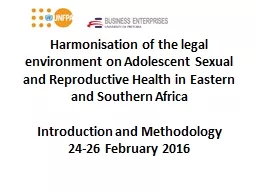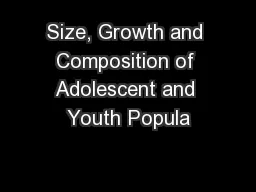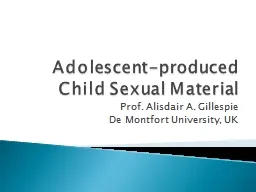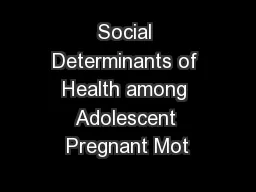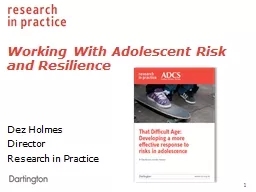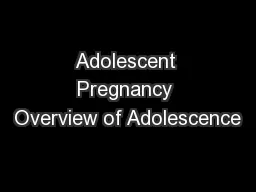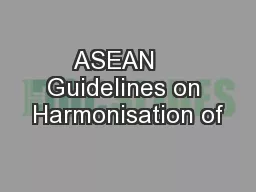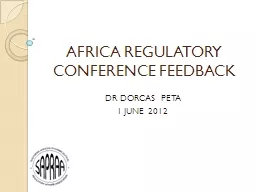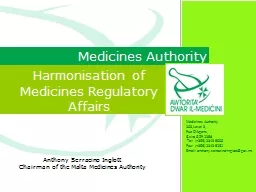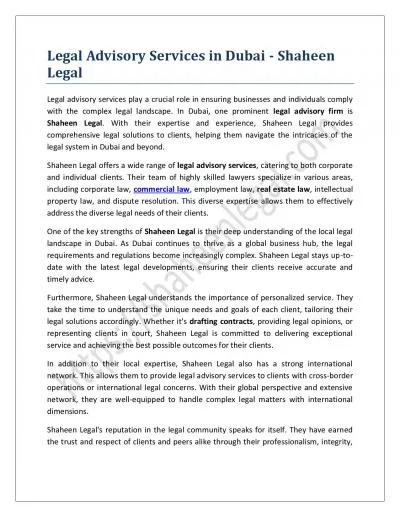PPT-Harmonisation of the legal environment on Adolescent Sexual
Author : lindy-dunigan | Published Date : 2017-08-09
Introduction and Methodology 2426 February 2016 Introduction The Terms of Reference The compilation of a full synopsis of laws and policy provisions relating to
Presentation Embed Code
Download Presentation
Download Presentation The PPT/PDF document "Harmonisation of the legal environment o..." is the property of its rightful owner. Permission is granted to download and print the materials on this website for personal, non-commercial use only, and to display it on your personal computer provided you do not modify the materials and that you retain all copyright notices contained in the materials. By downloading content from our website, you accept the terms of this agreement.
Harmonisation of the legal environment on Adolescent Sexual: Transcript
Download Rules Of Document
"Harmonisation of the legal environment on Adolescent Sexual"The content belongs to its owner. You may download and print it for personal use, without modification, and keep all copyright notices. By downloading, you agree to these terms.
Related Documents

